Click on image or Charmouth Home to return back.
.jpg)
.jpg)

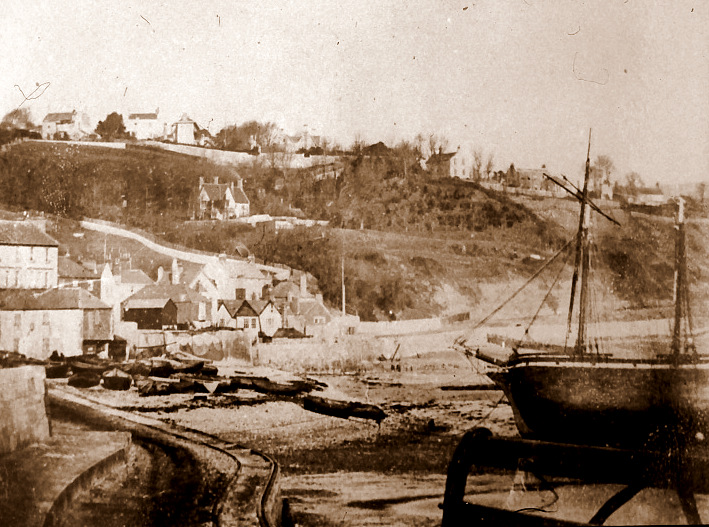
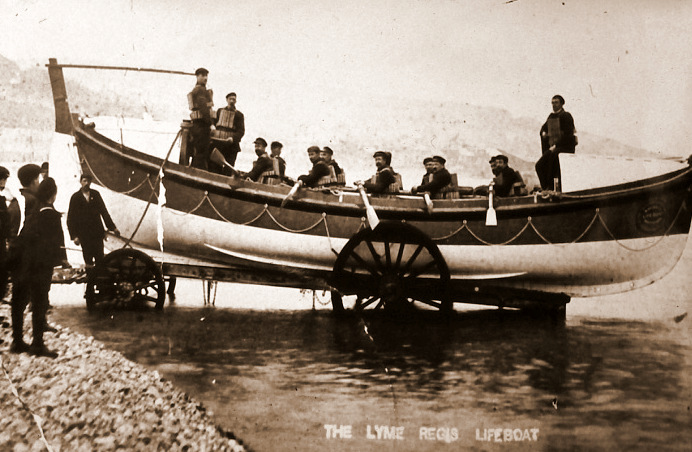
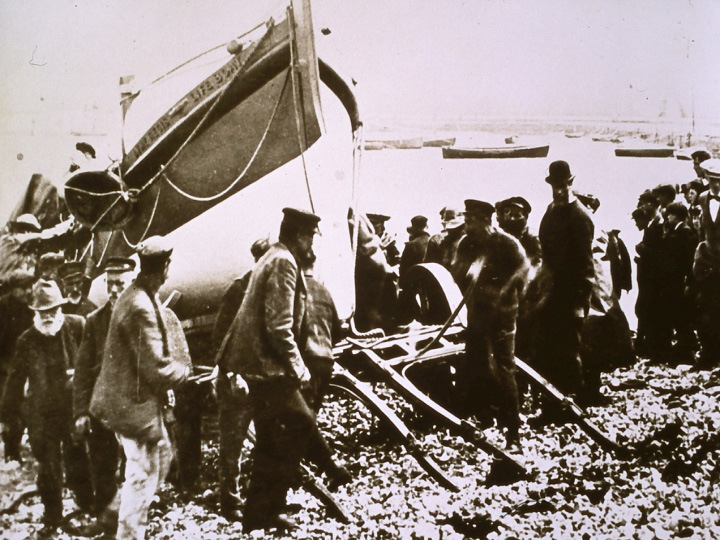
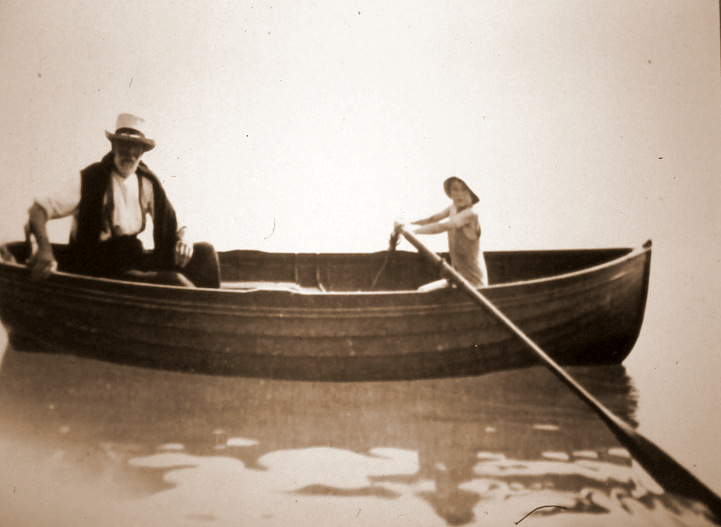
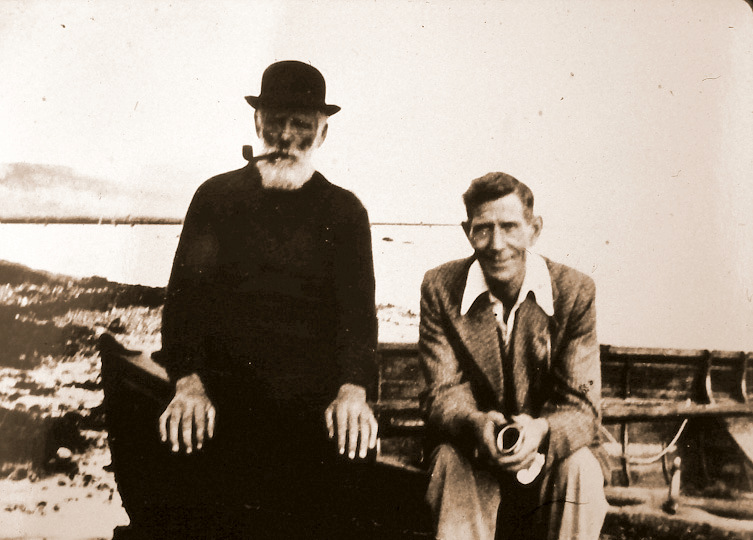
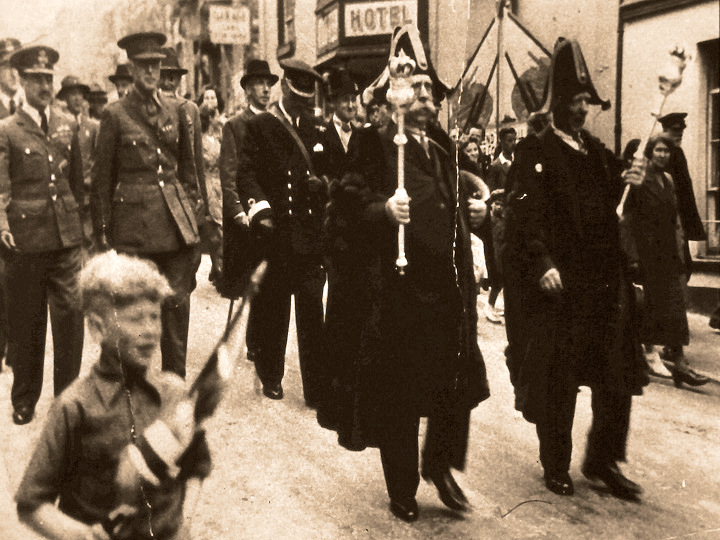
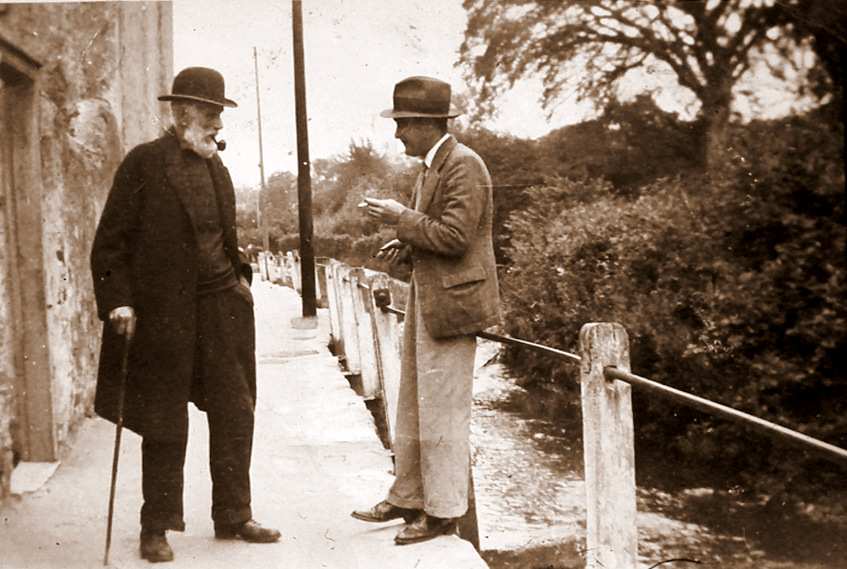


.jpg)
.jpg)
.jpg)
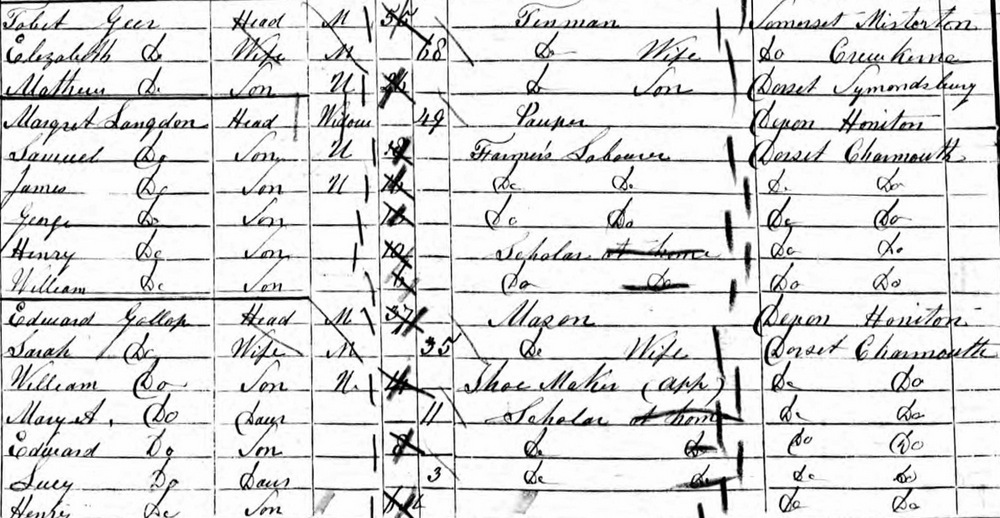
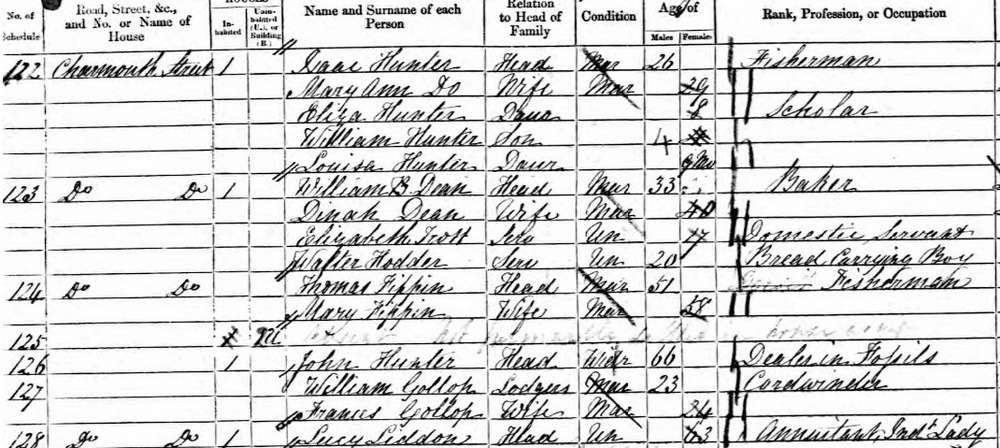

.jpg)
.jpg)
.jpg)
.jpg)


.jpg)
Then the shop was destroyed by fire in 1894, Coles at once began to build another to take its place. The result was "Sunnyside" afterwards named "Devon Edge" . Gollop and Hann, who were the masons employcd, encountered great difficulties when it came to building the west wall which adjoined Pryer`s property. Unfortunately the Pryer`s were not on speaking terms and Pryer refused to allow scaffolding on his side. Hann told me that they were forced to do out and had to lean over and plaster each row of bricks from their side during the building operations Coles placed under a brick a sovereign, a halfsovereign and a five shilling piece to commemorate the event. That night someone, who witnessed this, returned unobserved and removed the coins carefully replacing the brick. For many years after the house was finished he owned up.
Further along the Street was a coal yard opposite Nutcombe Terrace run by Spencer Gollop .
1911 Census
"GOLLOP, Alan E " Roman Road Son M 11 1900 School Boy Dorset Charmouth
"GOLLOP, Ernest " Roman Road Head married 29 years M 53 1858 Builder Dorset Charmouth
"GOLLOP, Lucy H " Roman Road Wife married 29 years F 54 1857 Dorset Charmouth

.jpg)
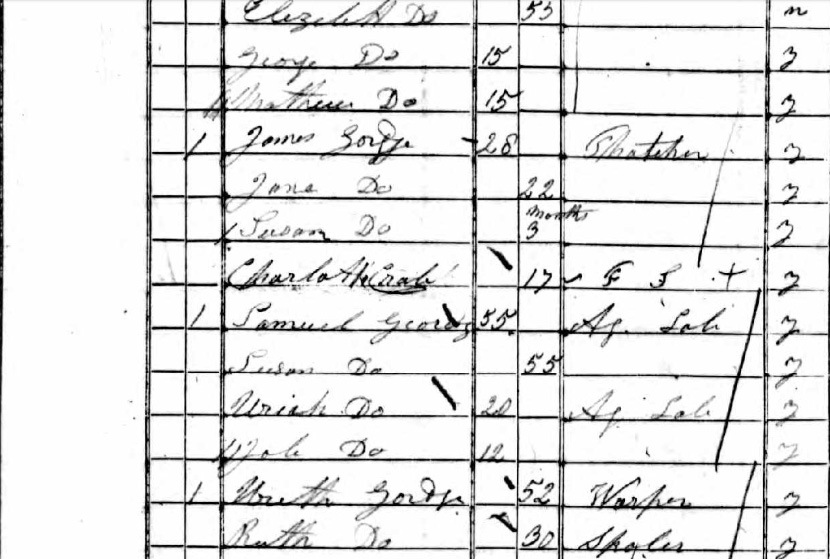
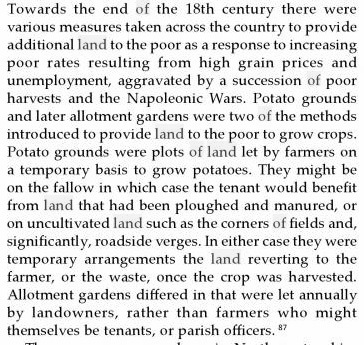
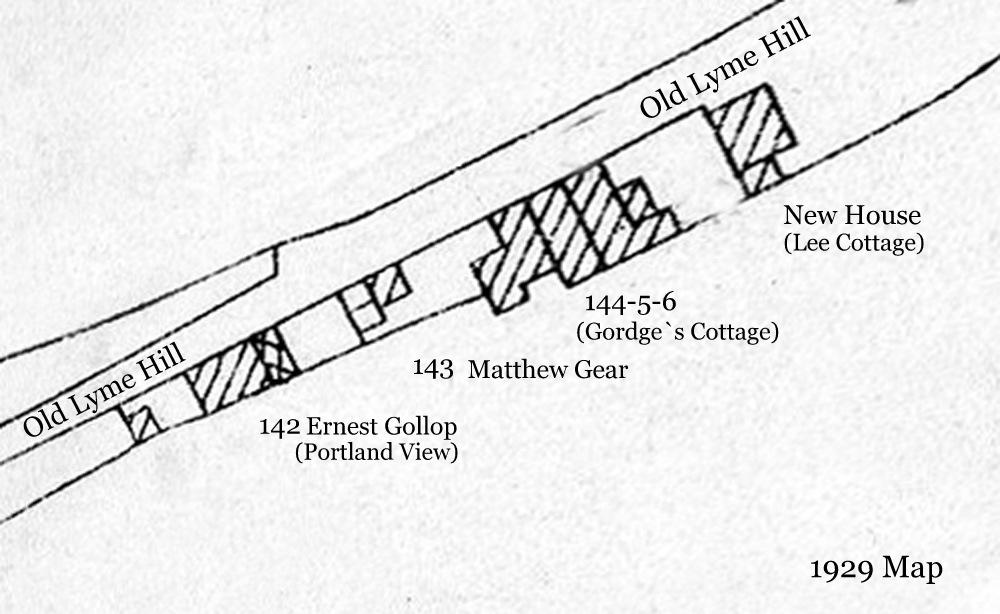
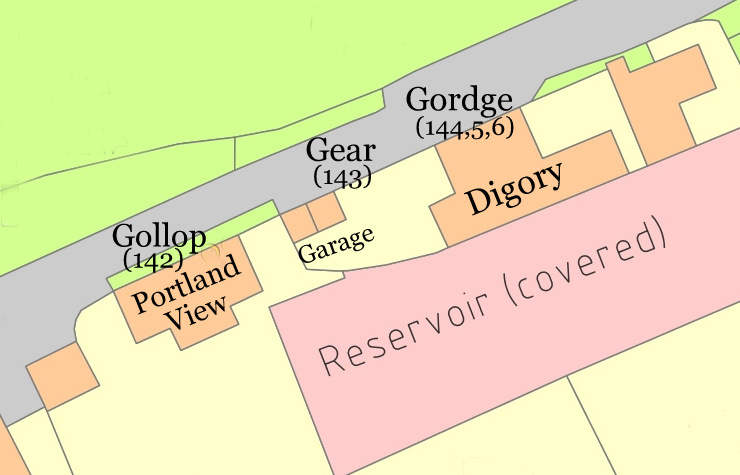
| 142 | GOLLOP | Edward GOLLOP | Edward GOLLOP | House & Garden | - | - | - | 4 | 142 |
| 143 | GEAR | Tobit GEAR | Tobit GEAR | House & Garden | - | - | - | 7 | 143 |
| 144 | GORDGE | James GORDGE | James GORDGE | House | - | - | - | 1 | 144 |
| 145 | GORDGE | Samuel GORDGE | Samuel GORDGE | House | - | - | - | 1 | 145 |
| 146 | GORDGE | Ureth GORDGE | Ureth GORDGE | House & Garden | - | - | - | 4 | 146 |

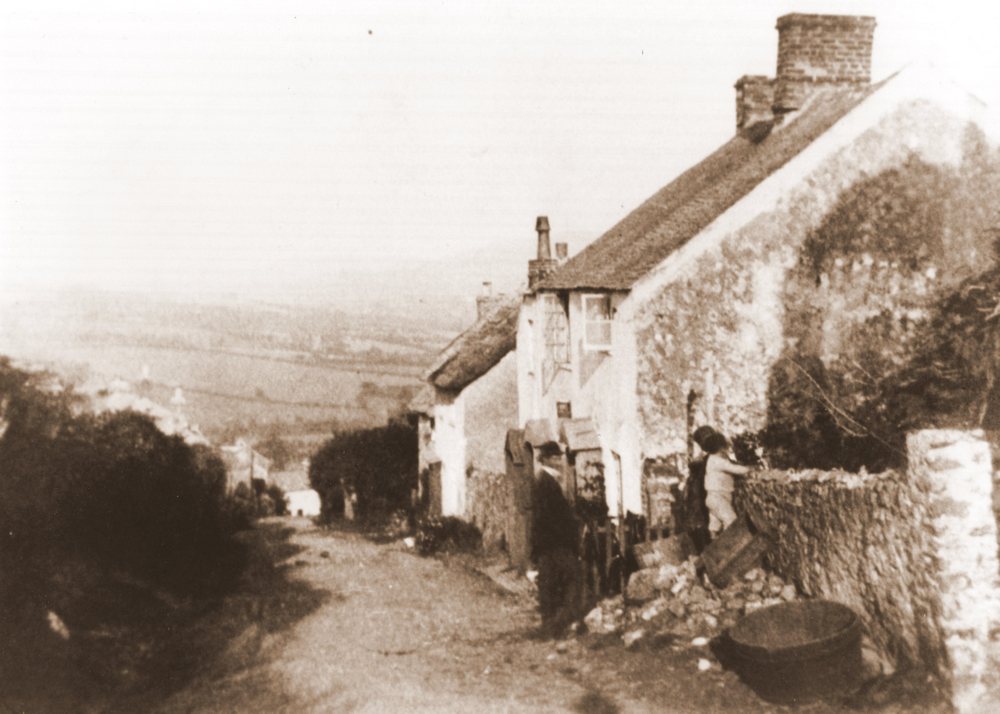
.jpg)
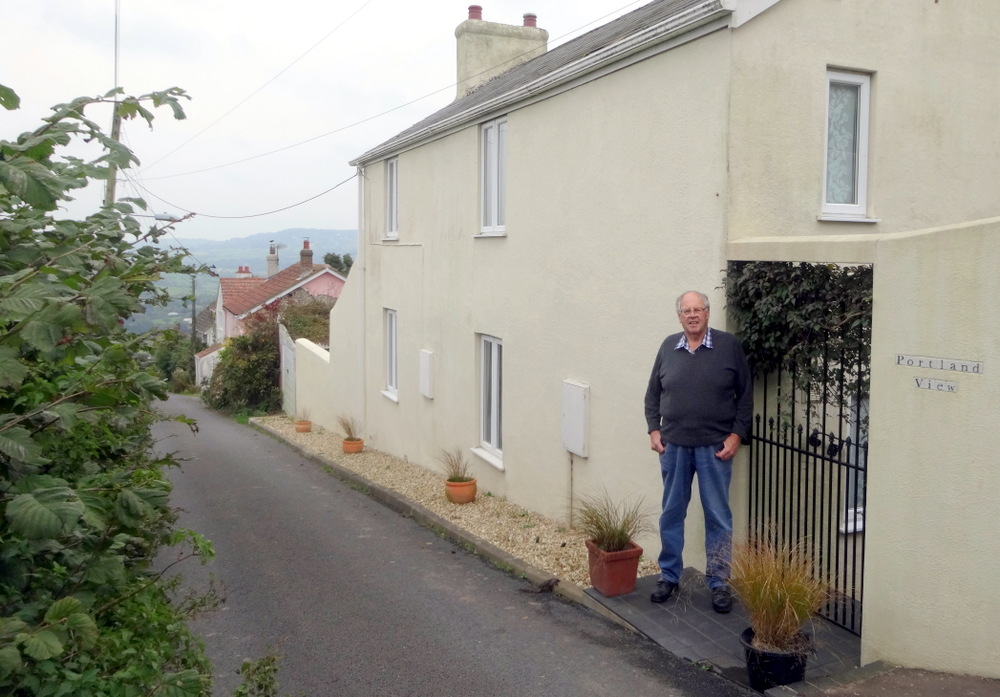
.jpg)

.jpg)

William Gollop was aged 55. 'William Gollop, son of deceased, said his father was at work "breaking stone, at about 9 a.m. on Monday, under the cliff between Devonshire Hedge and John Caddy's Orchard. He was working about five yards from the base of the cliff, which at this point was something like sixty feet high. Witness was working at about ten yards from his father, and hearing a rumbling noise, turned and saw a portion of the cliff falling. He shouted to deceased and said "Look up". His father looked up and the falling stone struck him apparently about the head and back. Witness at once picked him up, and carried him a distance of ten yards from the cliff. He was unconscious and witness dipped a cloth into the sea and put it over his head to try and revive him, but without success, and deceased apparently expired in about two minutes. Witness hailed a passing boat, and James Grattan came to his assistance. The fatal accident happened about three quarters of a mile from the Cobb. They did not keep a boy to watch for falling earth, but such precautions had been observed at more dangerous spots. They had no warning of any danger through the dry state of the cliff, beyond the usual crumbling. James Grattan, stone breaker, said he was rowing from Lyme in the direction of the spot when he heard the last witness call out to his father. He looked round and saw Gollop waving his jacket. He did not see any portion of the cliff fall. He ran his boat ashore, and saw the elder Gollop lying as described, without any sign of life. He saw blood on one eye and understood the man's leg was broken. He went and procured assistance from Mr Porter, and they conveyed deceased to Lyme in a handbarrow. Gollop was dead. Richard Hitchcock was in witness's company that morning, but he remained in the boat. Mr William Porter, deceased's employer, corroborated the evidence of the other witnesses. Sergeant Hann, who superintended the removal of Gollop to his home, said deceased's back and one of his legs were broken. A verdict of accidental death was returned. Gollop leaves a widow and several young children, and on the proposition of Mr Wallis the jurymen and witnesses gave their fees to Mrs Gollop, Dr Dorran saw the deceased when brought from the Blue Lias ledges to the Cobb.
Sometimes we'd carry up to six boatloads a day. By the time it were light we'ld have cast off from the Cobb, and rowed round the ledges. We'ld go to the cliff where they'd been blasting a couple of days before. There'd be two of us in each stoneboat and we'ld row her out with a heavy ash sweep. Sometimes we'ld hoist a single sail, a small lug - twas my father, mind, who was the first to make use o' sail - but they heavy stoneboats were clumsy as a cow in water and ‘twere hard to make them answer their helm. Soon as we got to the ledges we'ld start to load with stone. How did the stone get, ye ask'? Why, men with drills an' dynamite would blast a section of cliff down into the sea. When the tide came in, it washed away the marl and clay; but it left the limestone behind. Then, after a few days, two of us would row out in our boat, split up the stone, and haul the blocks aboard. T'was hard work indeed. Sometimes the stone were difficult to split. Then we must find a fault in it, and drive in iron wedges with a fifty pound hammer, until a whole slab split away. Even then the slab had to be split across; an if she didn't split in proper place, we'ld be left with a block so heavy we could scarcely lift her.' 'Most trips, we'ld take some six or seven tons aboard. Then we'ld row out to a sea-going vessel and transfer the stone to her. Or sometimes we'ld work the Heap. If no vessels in the Cobb wanted to load stone, we' Id tip the blocks into a corner of the bay known as the Heap. Sometimes there'd be two or three thousand tons awaiting to be shipped. Other times we'ld load a thousand tons a week'

.jpg)
.jpg)
.jpg)

.jpg)
REF: RG13/ Piece: 2015- Folio 35;-Pg20
ADDRESS: Pickle Square
Wife: Mary A ROBERTS 47, Charwoman, b Charmouth
Son: Henry F HODDER 19, Navvy on Railway, b Lyme Regis
Son: John GOLLOP 13, Errand Boy Port Shoe Shop, b Lyme Regis
Son: Thomas GOLLOP 8, Scholar b Lyme Regis
Dau: Bessie E T GOLLOP 5, Scholar, b Lyme Regis
Dau: Jessie ROBERTS 2 months, b Lyme Regis
Also need to clarify Mimosa post re the 1861:
1861: Charmouth Street
Head: John HUNTER 66, Widower, Dealer in Fossils , b Charmouth
Lodger: William GOLLOP 23, cordwinder (not wainer!) b Charmouth
Wife: Frances GOLLOP 24,
Living at Charmouth Street
RG9 1370 folio 13 pg 19
John HUNTER is very likely Frances' father.
Fossil Dealer ? I'm sure it says that - with the old fashioned double 's' thing!
All those echildren to sort out - and find - seems like they are all over the place in Census!
Per FREEBMD: Likely (not proven!):
William GOLLOP married Frances HUNTER 1860
Mary Ann GORGE married George HODDER 1876
Frances GOLLOP died 1878
George HODDER died 1885
Willam GOLLOP married Mary Ann HODDER 1885
William GOLLOP died 1893
Mary Ann GOLLOP married John Thomas ROBERTS 1899
"Frank Gollop - the last of the Stoneboatmen" by his grandson Ken Gollop.
Frank was born in Charmouth in 1862 and was brought up in a fishing family on Charmouth Beach. His mother was a Hunter, whose family had already been fishing in the area for several generations. Her brother, Isaac Hunter, was well known from Cowes to Plymouth, both as a professional fisherman and a strong rower; after a few years he was banned from most regattas for winning every race he entered. During a gale in November 1872 Isaac had a recurring dream that his lobster pots were being washed ashore east of Charmouth. Unable to sleep, he went to the beach and found the French ship Courier ashore and breaking up. He climbed the cliffs, woke a farmer and together they managed to save the crew. This was just one of Isaac's many exploits.
The stone industry had two branches - cement making and stone exporting. From the early 1800's until 1914 the limestone cliffs and ledges on the beach were blasted and the stone loaded into boats about 26-28 foot long (the stoneboats). Some was exported as stone building material and some turned into cement with good characteristics for marine work. The Regent's Canal and Devonport Docks are among many built with Lyme Regis limestone and cement.
Stone for building was ferried out to the waiting ships, which had usually brought in coal, or was stockpiled in the outer harbour. To avoid harbour dues it was termed 'ballast'.
Two men were needed to row the stoneboats and Frank Gollop worked with his father. They mixed fishing with stoneboating and were both members of the lifeboat crew. A further 4 generations of the family have served in the lifeboat, including the present crew. When the stone trade finished in 1914 Frank continued fishing and went into the pleasure boat trade with his son Tom. Tom's sons Ken and Roy continued in the same line until a few years ago.
http://www.lymeregismuseum.co.uk/images/stories/research/5_stone_industry_lyme.pdf
.jpg)

.jpg)
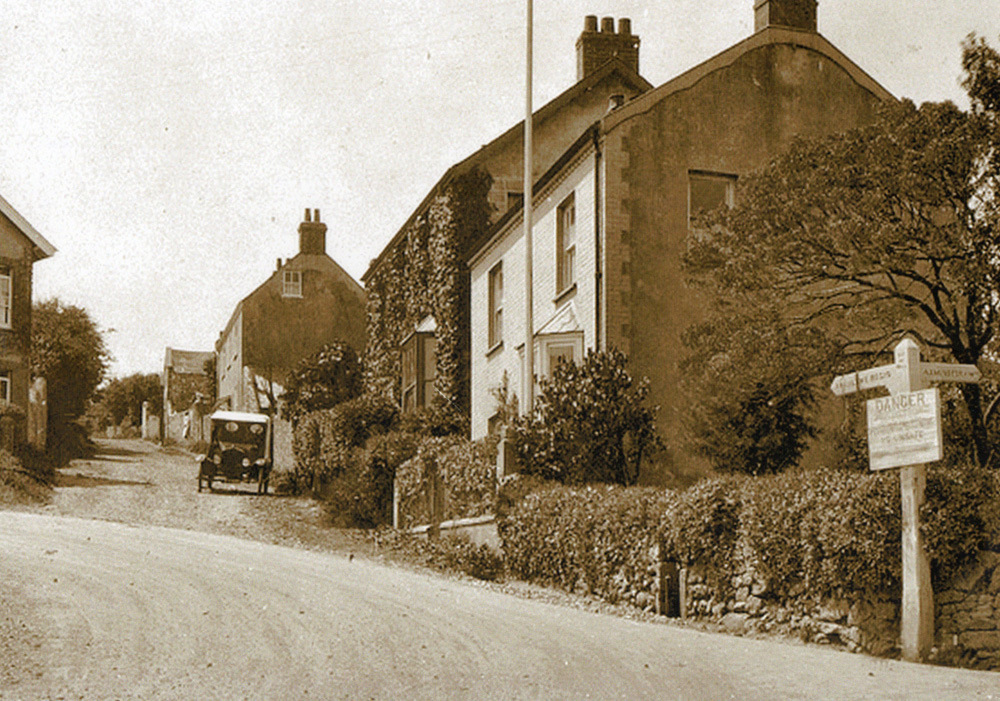
One of Gollops first jobs was to build the wall outside Charmouth House, where originally there were railings.
Ernest Gollop (1858-1941)
Arthur Larcombe and Ernest Gollop left charmouth in a small boat to sail to West Bay. Caught in a Squall off Cains Folly and capsized. Larcombe was drowned and Gollop survived. Larcombe was in R.N. And was on leave. About 1882
Ernest Gollop was bandmaster of the Volunteer Band for 6 years from 1895. He was. Mason by trade and the pointing of the church during the years 1929-30 we're his.Gollop and Hann built the moorings for Captain McCarthy a retired merchant serviceman. Several fires occurred in Old Lyme Road Ernest Gollops father.
Ernest Gollop on photo of old Lyme hill on right.
1867 lot 23 a garden above New Inn Car park on which E. Gollop built two houses. In occupation in 1867 of Mr. potter.
Old poorhouse,
Later the cottage was destroyed and rebuilt by Ernest Gollop.
The 1861 Census aged 3 living in the house next to Gears on Old Lyme Road, his brother Edward is 18.
The 1881 Census shows him, aged 23 living with his parents in the house, next to the Gears.
In 1891 he shown as Edward, living in the same house next to his father, Edward, aged 79 on OId Lyme Road.
1901 Census described as a Builder and Mason living next to Matthew Gear.
T
the 1911 Census shows Ernest Gollop, aged 53 living with Lucy, aged 54 and had 5 children. He is described as a builder , living on Lyme Hill (Roman Road) next door to Matthew Gear.
His Will of 1941 shows that he was living at Baden Cottage, Lyme Road in Charmouth
116 garden cottage mary Birch
Charmouth Street
117 Diana Hyde 74 Lynwood
118 Joseph Symes 54 Grasmere
119 William Martin 60
120 William Potter 57
121 John Potter 24
122 Isaac Hunter 26
123 William Dean 33
124 Thomas Fippen Sea Lane
125 empty
126 John Hunter widow 66
127 William Gollop lodger 23
Frances Gollop 24
128 Lucy Liddon 63 Melbourne House
129 empty

More than two weeks before the British Expeditionary Force lost its first soldier on the fledgling Western Front, some 130 souls were killed when HMS Amphion sank in the North Sea with the European war barely 30 hours old. Amphion, the second of three Active-class ‘scout' cruisers – small, lightly-armed and armoured, but relatively fast and agile, serving as the eyes of the Fleet – had only been in service 18 months, assigned to the Harwich Force as one of the guardians of the southern North Sea, Thames Estuary and approaches to the Strait of Dover.
On Wednesday August 5, 1914 Amphion left Harwich to sweep the North Sea with a destroyer flotilla. Already at sea by the time the British force headed out was a former North Sea ferry, Königin Luise, determined to drop mines to block the shipping lanes to Britain's capital. Late in the morning of the fifth – and having already laid a considerable number of ‘eggs' – the German ferry was spotted and intercepted by destroyers Landrail and Lance, whose 4in guns fired the first British shots of the conflict. When Amphion entered the fray, more than 15 4in guns were pummelling the German steamer, which rolled over after a couple of hours. Amphion moved in to pick up survivors – true to Nelson's maxim of “humanity after victory” – and rescued 56 of the 130 men aboard, before the force continued its patrol. The ships soon found fresh pickings.
Another steamer, very similar to the makeshift minelayer, flying the Reichskriegsflagge – the German naval ensign. The destroyers closed in to attack, unaware they were about to send the German Ambassador and his staff to the bottom of the North Sea. Amphion's captain, Cecil Fox, realised the mistake and ordered the destroyers to break off. They did not. Fox then steamed in with Amphion, putting himself between his destroyers and the steamer, the St Petersburg, in another act of chivalry. HMS Amphion at sea pre-war The action over, Fox decided to return to Harwich. In doing so, he sailed across the line of mines laid by the Königin Luise. Shortly before 7am on August 6, the Amphion ran over one. The results were horrific. The blast tore apart Amphion's forward section – every man save one on the fo'c'sle guns was killed, and most of the German prisoners being held in the bow. Just before the explosion, 19-year-old Stoker 1st Class Herbert Street had been enjoying a break with his fellow stokers, among them a fellow Lyme Regis native, Thomas Gollop. The latter took rather longer to finish his mug of cocoa than his shipmate. It saved his life. Herbert Street was killed in the blast, Thomas Gollop survived.

.jpg)
.jpg)
.jpg)
Able - Seaman Frank Gollop, son of Mr, William Gollop, of Sherborne Lane, Lyme Regis is here seen on the left of this family photograph taken at no. 18 Sherborne Lane, Lyme Regis c.1907/8
He was one of 10 children.
Back Row: Frank Gollop, Elizabeth, Jack (Canada) Fred (Town Crier)
Annie, Emily, Alfred (Australia) Ernest
George
Annie "Grannie"
Annie Foss
Edward Louise Candler.
Frank Gollop (1862-1960)
Frank Gollop was born in Charmouth in 1862 and was brought up in a fishing family on Charmouth Beach. His mother was a Hunter, whose family had already been fishing in the area for several generations. Her brother, Isaac Hunter, was well known from Cowes to Plymouth, both as a professional fisherman and a strong rower; after a few years he was banned from most regattas for winning every race he entered. During a gale in November 1872 Isaac had a recurring dream that his lobster pots were being washed ashore east of Charmouth. Unable to sleep, he went to the beach and found the French ship Courier ashore and breaking up. He climbed the cliffs, woke a farmer and together they managed to save the crew. This was just one of Isaac's many exploits.
The stone industry had two branches - cement making and stone exporting. From the early 1800's until 1914 the limestone cliffs and ledges on the beach were blasted and the stone loaded into boats about 26-28 foot long (the stoneboats). Some was exported as stone building material and some turned into cement with good characteristics for marine work. The Regent's Canal and Devonport Docks are among many built with Lyme Regis limestone and cement.
Two men were needed to row the stoneboats and Frank Gollop worked with his father. They mixed fishing with stoneboating and were both members of the lifeboat crew. A further 4 generations of the family have served in the lifeboat, including the present crew. When the stone trade finished in 1914 Frank continued fishing and went into the pleasure boat trade with his son Tom. Tom's sons Ken and Roy continued in the same line until a few years ago. Ken's talk was illustrated with slides of Lyme Regis during Frank's life (1862-1960) covering shipping, lifeboats, fishing and pleasure boats.
.jpg)
Exeter and Plymouth Gazette - Friday 12 July 1935
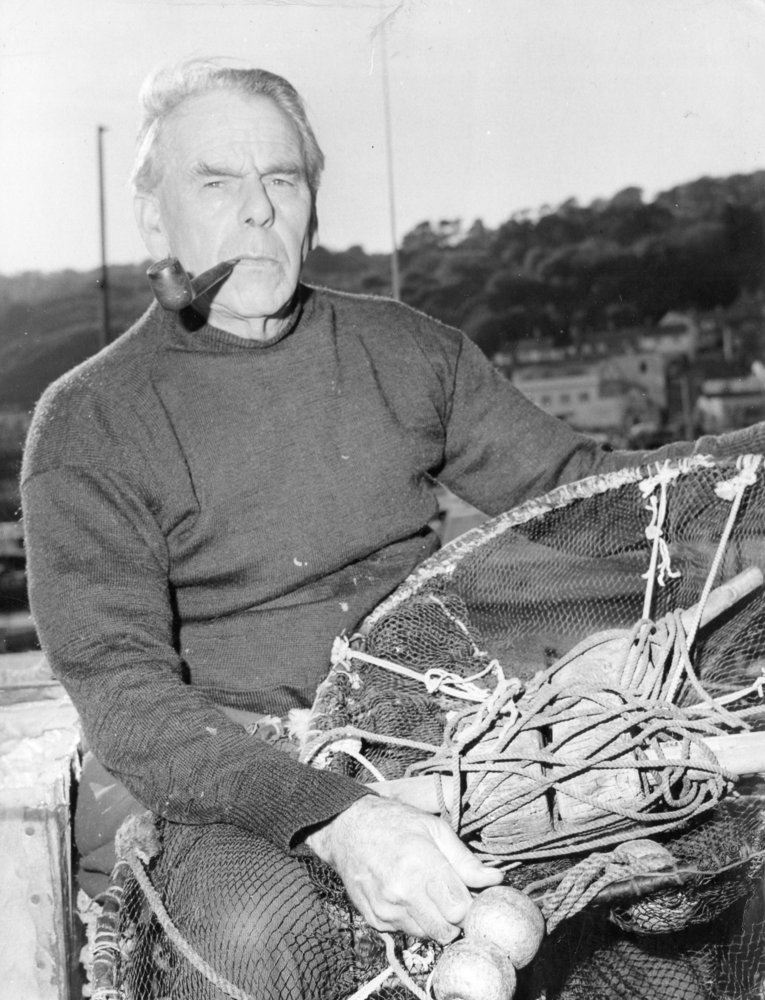

.jpg)
RG11/ Piece 2126- Folio 62- Pg25
ADDRESS: Horse Street
Head: William GOLLOP 44, Widower, Boatman, b Lyme Regis, Charmouth
Son: Frank GOLLOP 20 unm, Boatman
Dau: Emily GOLLOP 13, Scholar
Dau: Sarah GOLLOP 11, Scholar
Dau: Mary GOLLOP 9, Scholar
Son: Alfred GOLLOP 3
Visit: Mary Ann HODDER 23, marr, Housekeeper
Son Samuel HODDER 3, b Morecombslake* Dorset
*All other born Charmouth

William Gollop,45, Stone Merchants Labourer, b Charmouth
Wife: Mary Ann 34, b Charmouth
Son: Samuel G, 15, Stone Merchants Labourer, b Charmouth
Dau: Elizabeth 10, b Lyme
Son: James 8, Scholar, b Lyme
Dau: Rose 5, Scholar, b Lyme
Son: John 2, Scholar, b Lyme
.jpg)
.jpg)
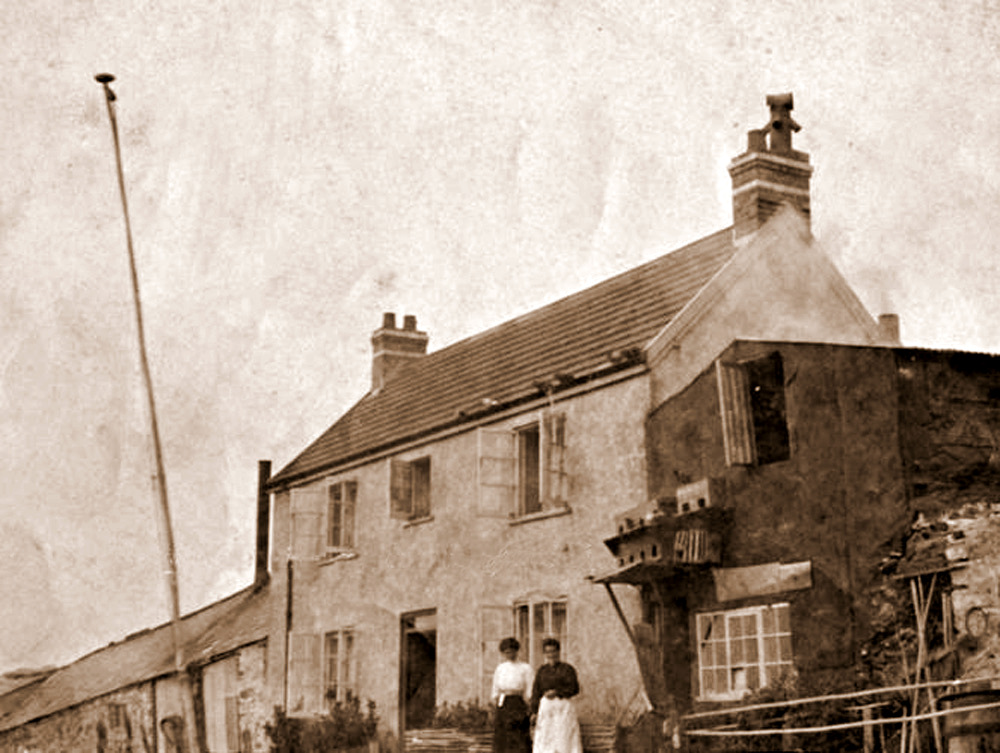
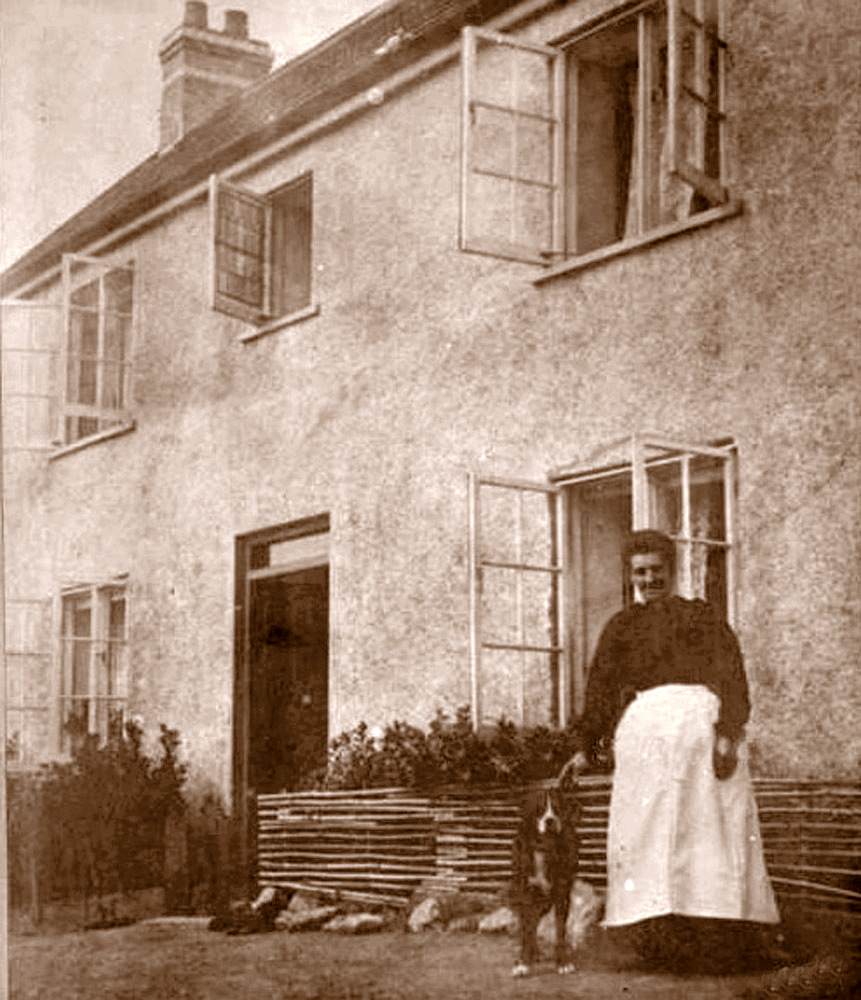

.jpg)
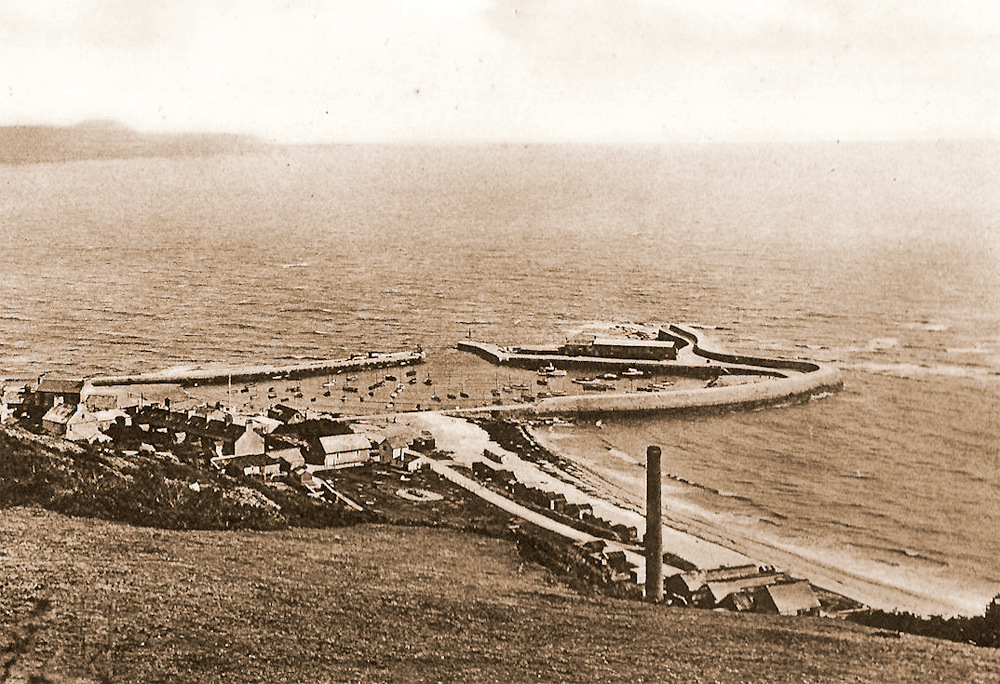
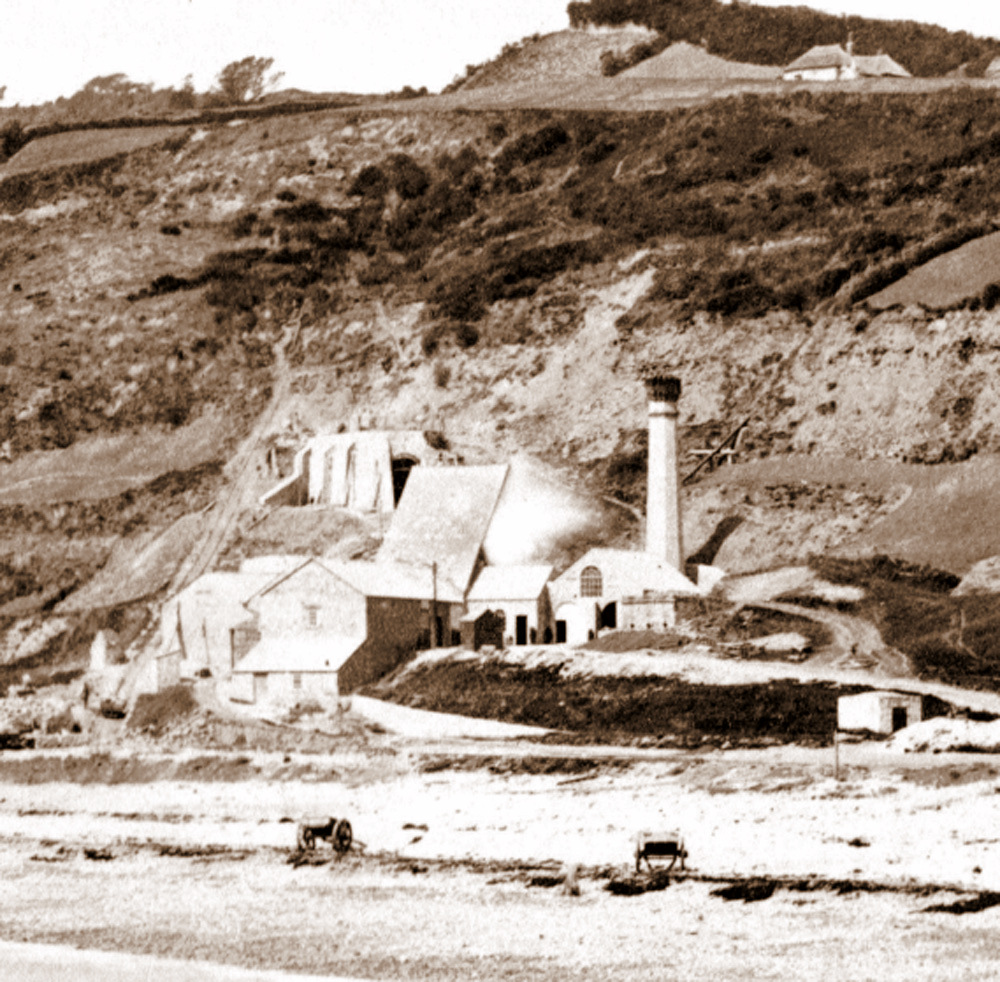
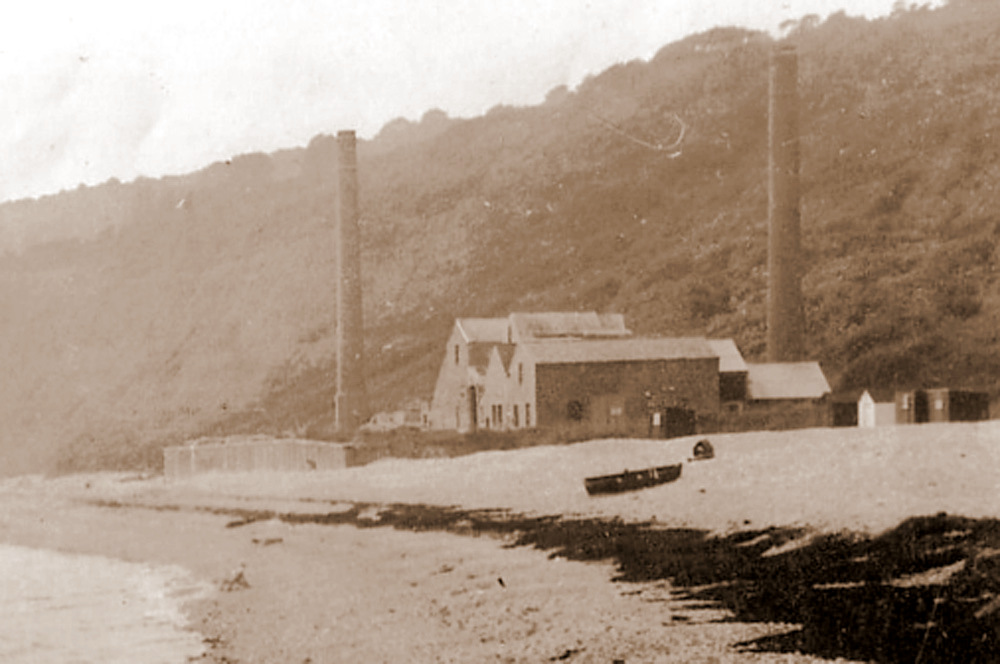
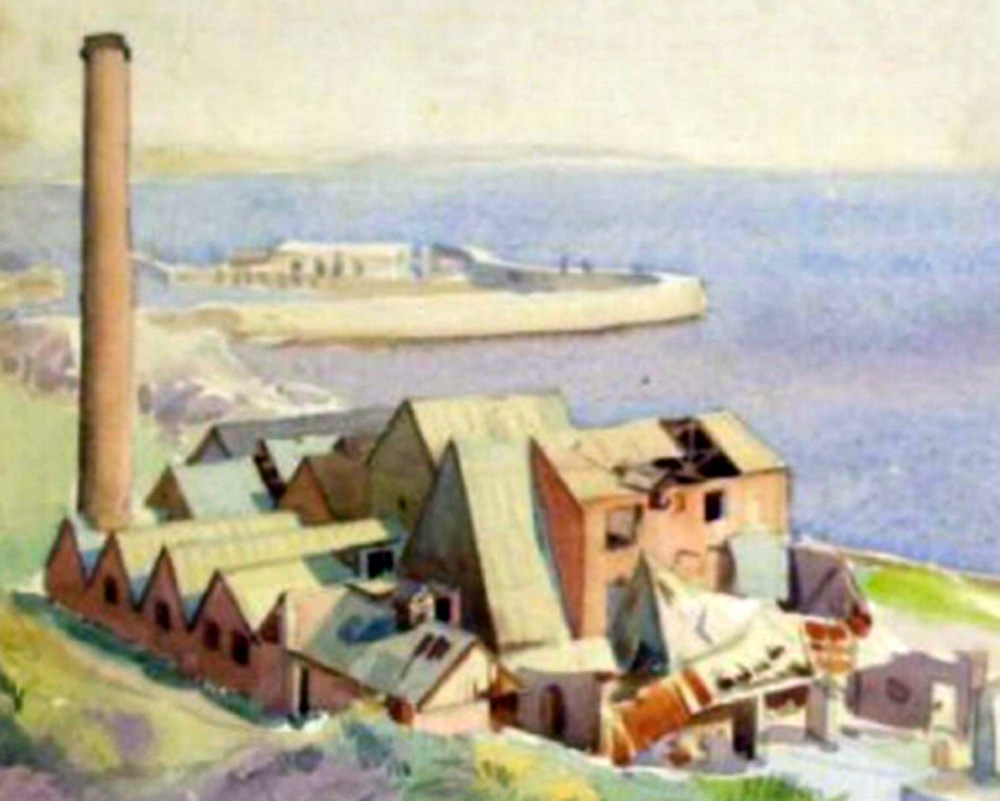
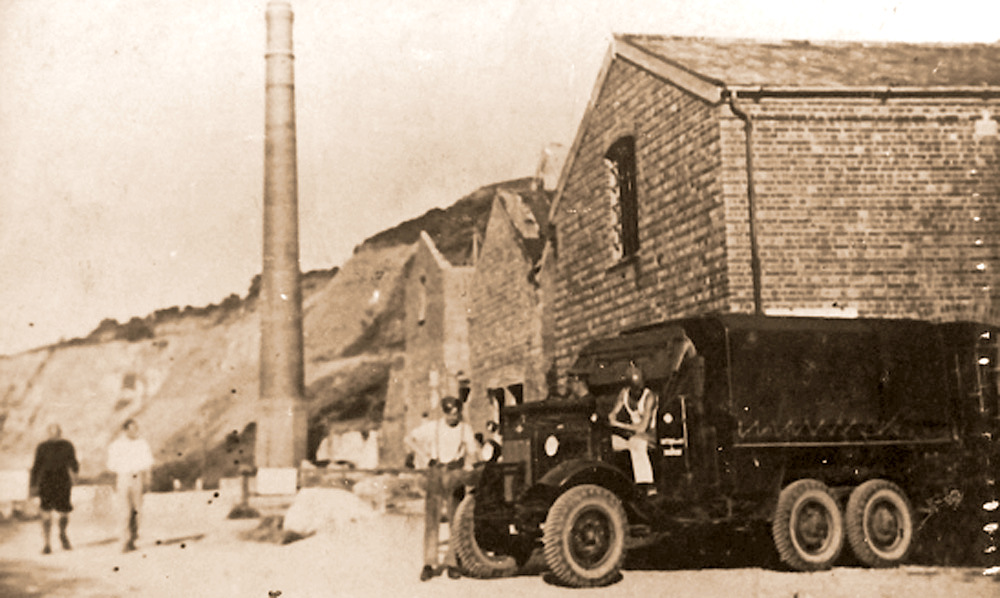
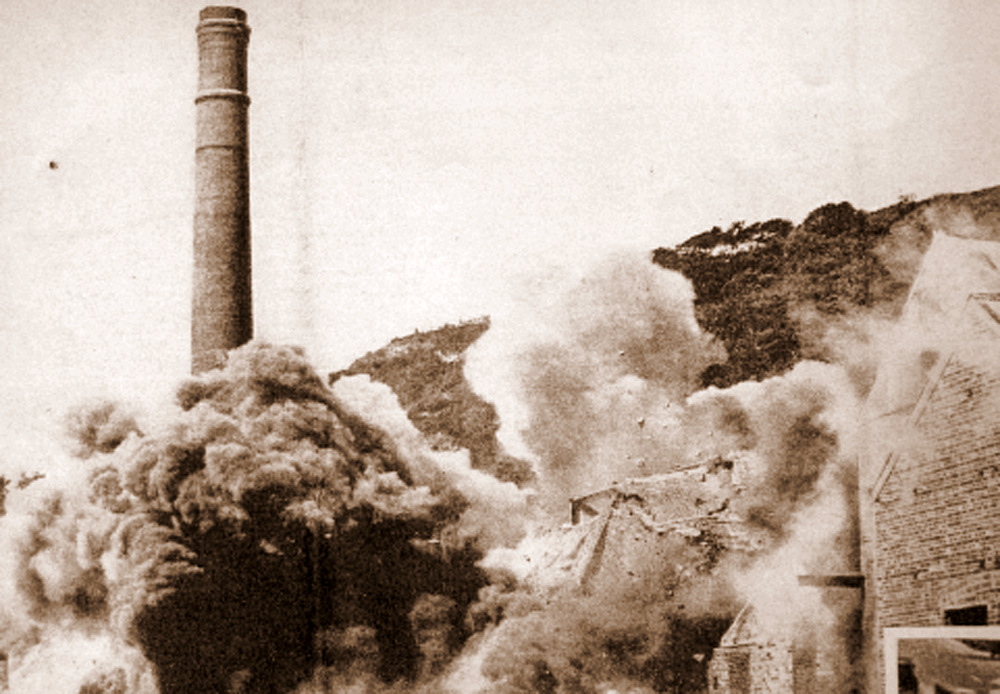
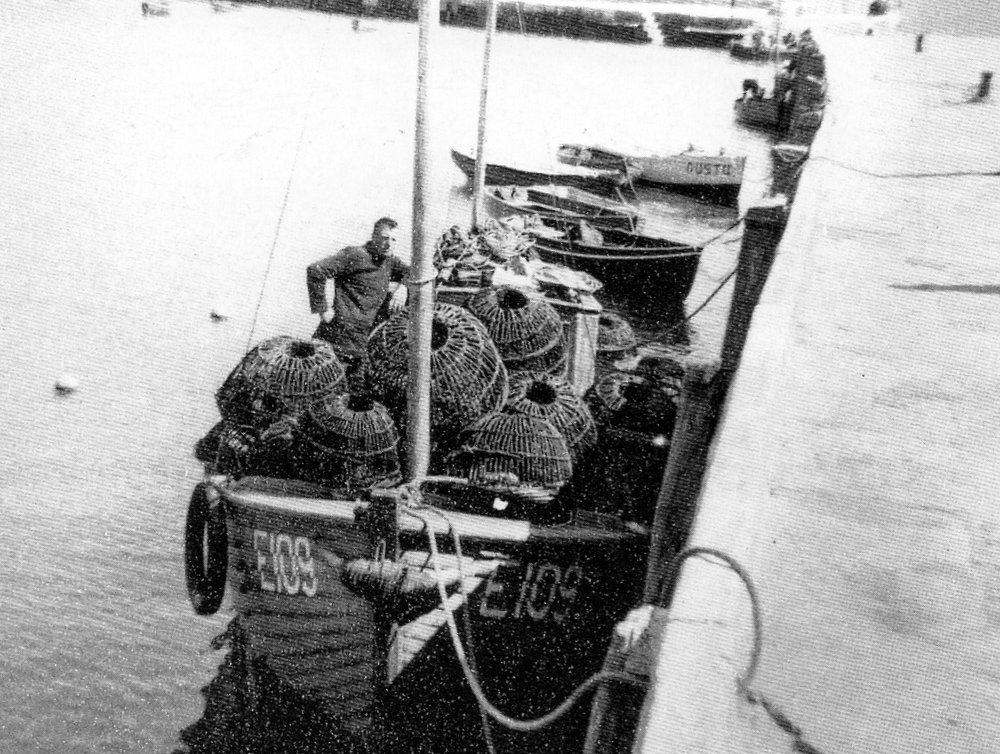
.jpg)
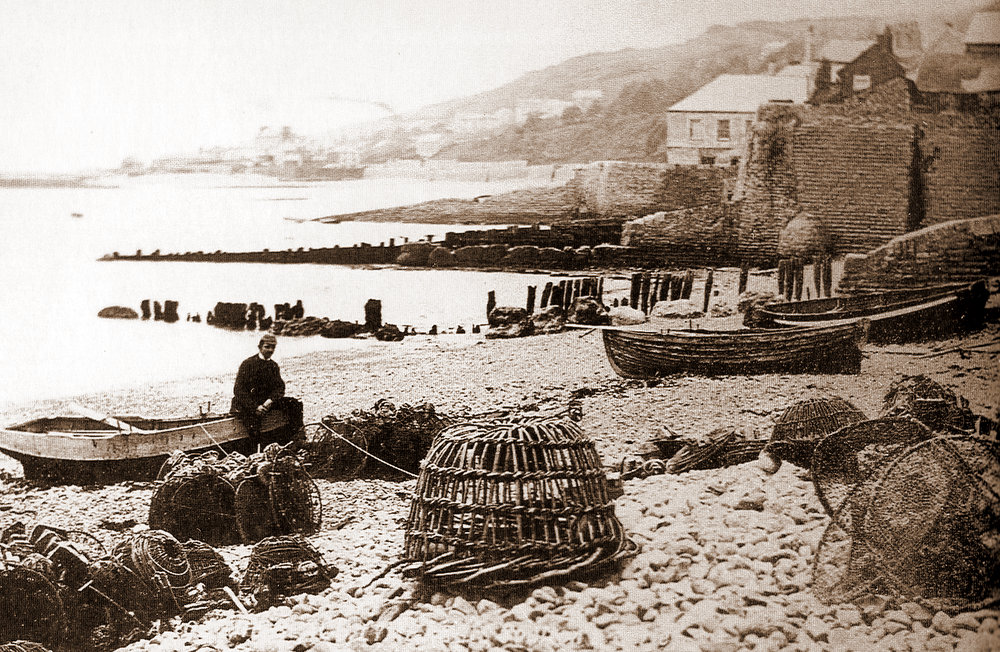
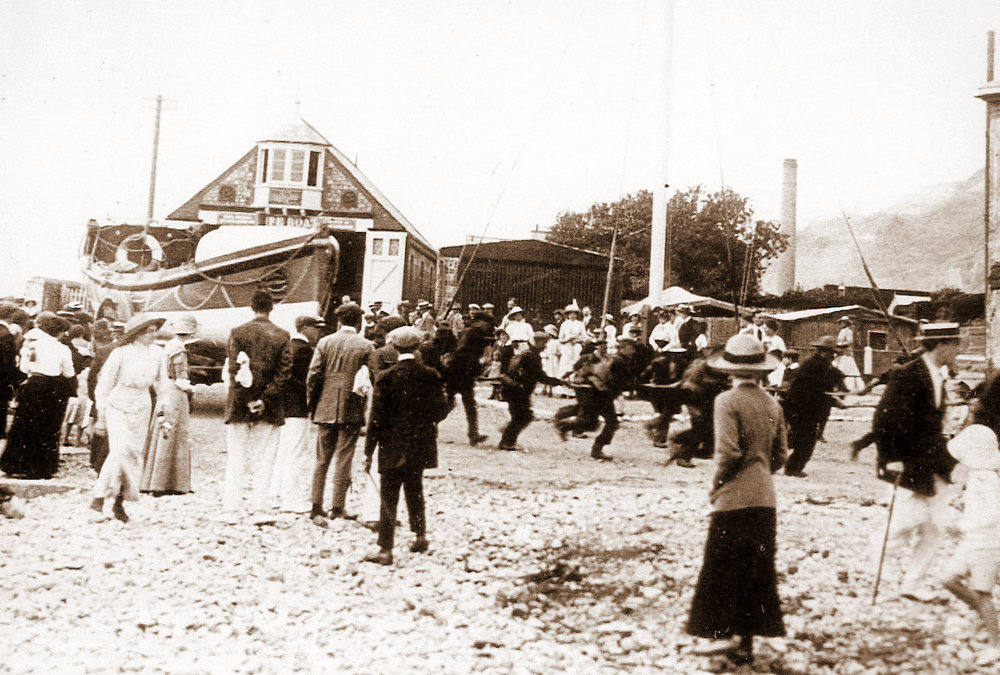
.jpg)
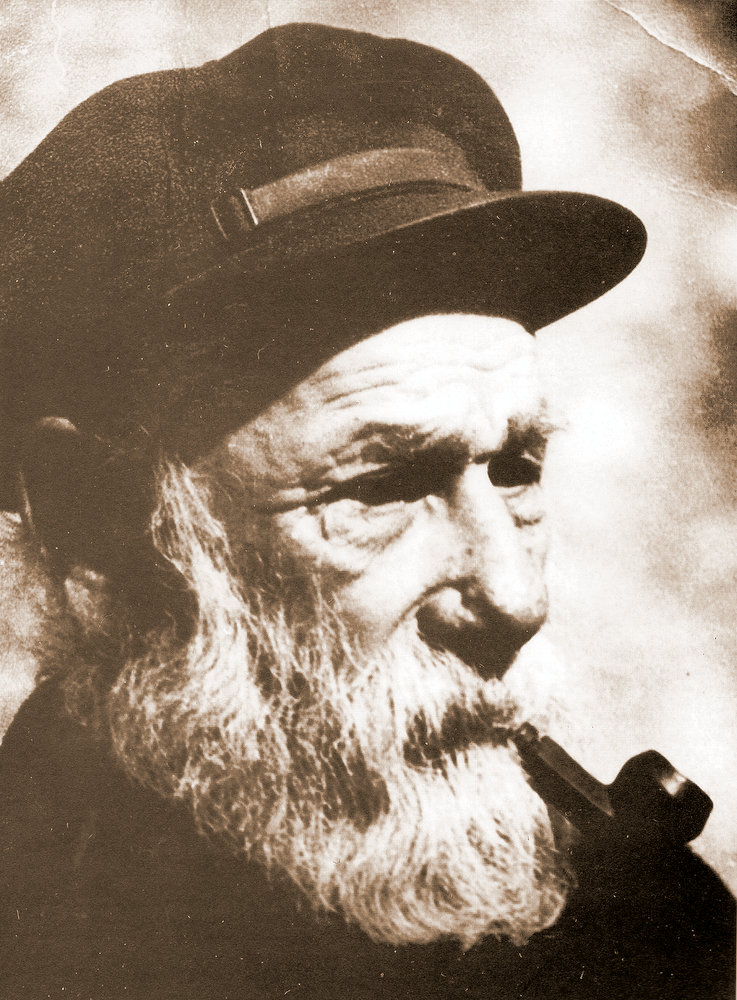
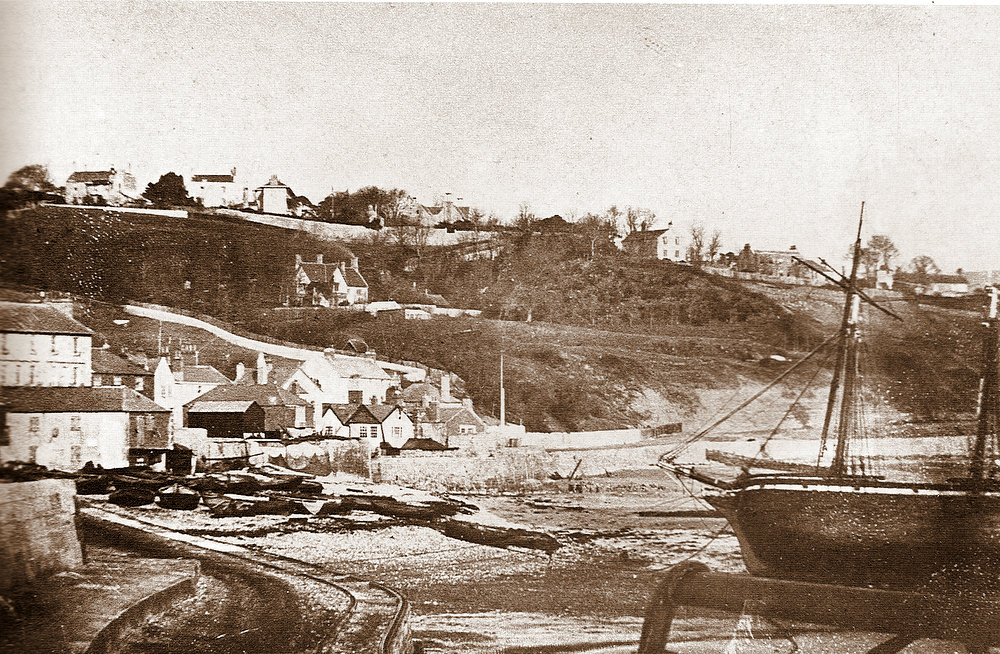
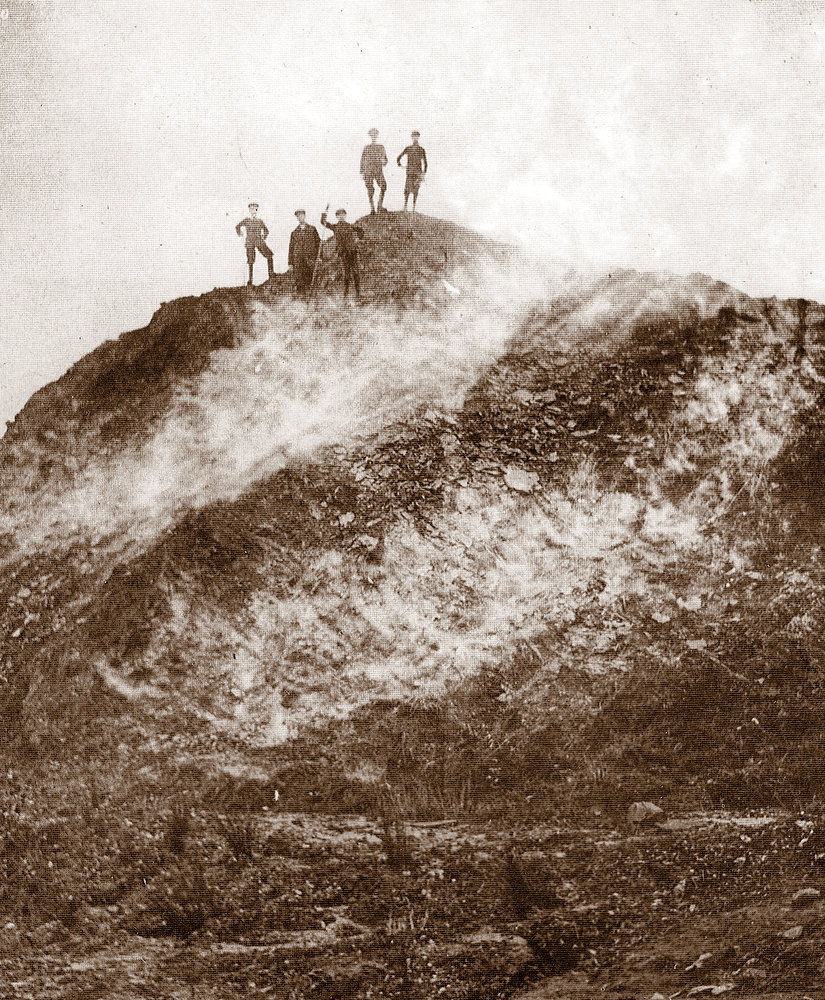
.jpg)
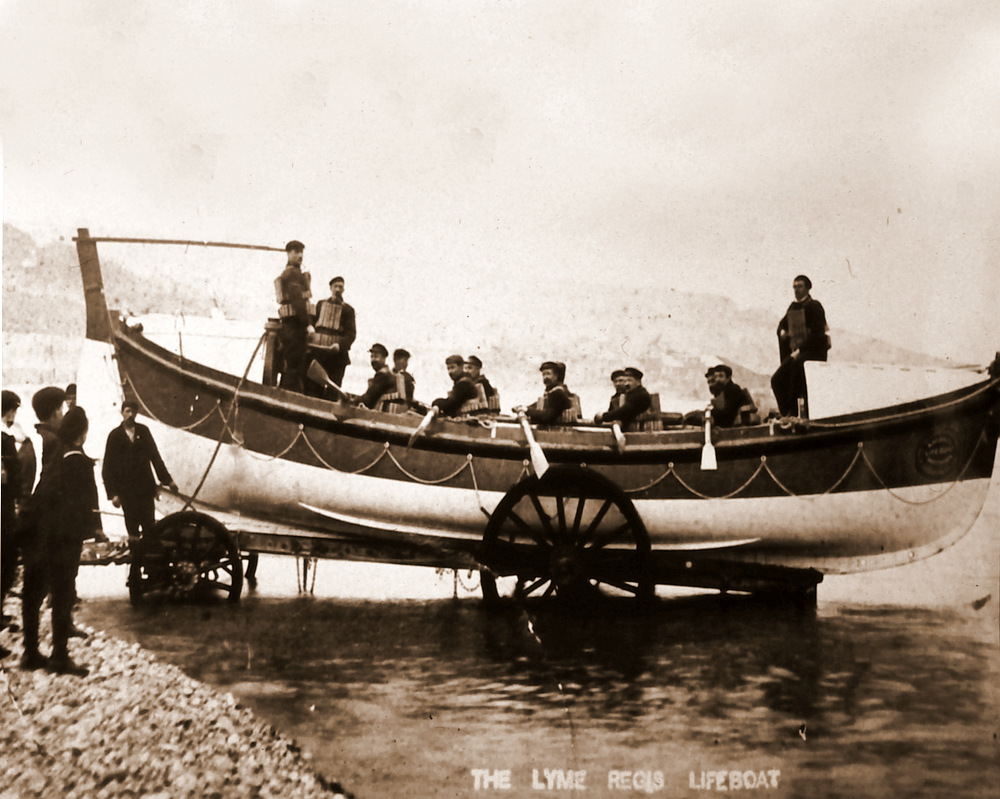
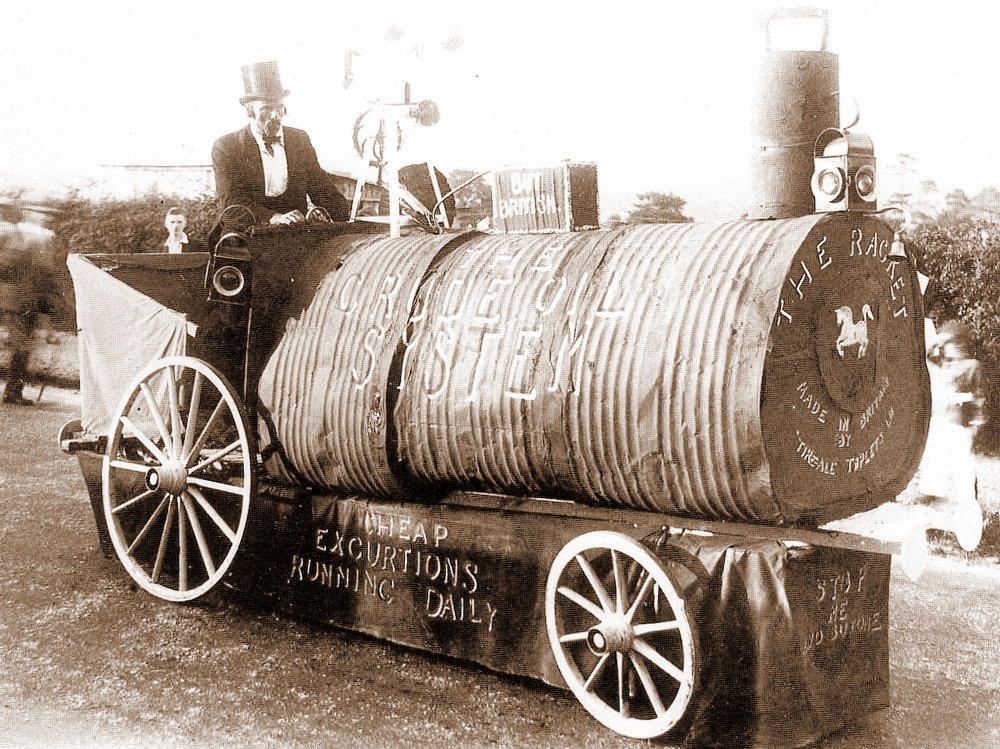
Edward Gollop was born Abt. 1731. He married Temperance Bishop 15 August 1752 in Buckerell. She was born Abt. 1731.
Children of Edward Gollop and Temperance Bishop are:
2 i. Samuel 2 Gollop, born 1759.
3 ii. John Gollop, born 1762.
+ 4 iii. Temperance Gollop, born 1764 in Honiton.
5 iv. Henry Gollop, born 1766. He married Margaret Farmer 21 August 1789 in St Michaels Honiton.
6 v. John Gollop, born 1768.
+ 7 vi. Edward Gollop, born 1771 in Honiton; died 1820 in Honiton Devon aged 50 years.
8 vii. John Gollop, born 1775.
Generation No. 2
4. Temperance 2 Gollop (Edward 1 ) was born 1764 in Honiton. She married Nehemia Bailey 1 January 1789 in Sidbury Devon.
Child of Temperance Gollop and Nehemia Bailey is:
+ 9 i. Nehemia 3 Bailey, born 1798 in Sidbury.
7. Edward 2 Gollop (Edward 1 ) was born 1771 in Honiton, and died 1820 in Honiton Devon aged 50 years. He married Esther/Hester . She was born Abt. 1769, and died 1849 in Honiton Devon aged 80 years.
More About Edward Gollop:
Baptised: 28 April 1771, St Michaels Honiton
Burial: 23 September 1820, St Michaels Honiton
More About Esther/Hester:
Burial: 27 November 1849, St Michaels Honiton
Children of Edward Gollop and Esther/Hester are:
+ 10 i. Temperance 3 Gollop, born 30 December 1806 in Honiton Devon.
+ 11 ii. Ann Gollop, born 1807 in Honiton Devon England.
12 iii. Edward Gollop, born 1811 in Honiton Devon.
Notes for Edward Gollop:
1851 Edward GOLLOP Head M 37 M Mason Honiton-DEV
Sarah GOLLOP Wife M 35 F Masons Wife Charmouth-DOR
William GOLLOP Son 14 M Shoe Maker App Charmouth-DOR
Mary A. GOLLOP Daur 11 F Scholar Charmouth-DOR
Edward GOLLOP Son 8 M Scholar Charmouth-DOR
Lucy GOLLOP Daur 3 F Scholar Charmouth-DOR
Henry GOLLOP Son 6m M Charmouth-DOR
Address: Charmouth St, Charmouth Census Place: Charmouth Axminster, Devonshire
PRO Reference: HO/107/1862 Folio: 19 Page: 30 FHL Film: 0221010
More About Edward Gollop:
Baptised: 24 May 1811, St Michaels Honiton